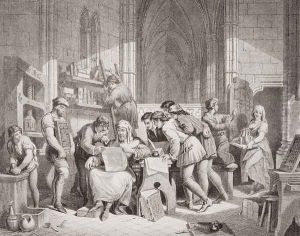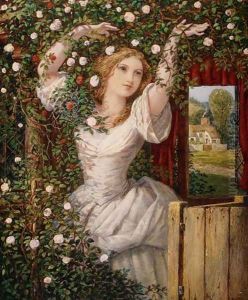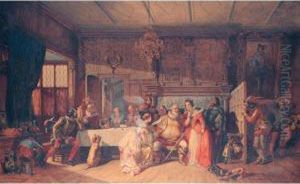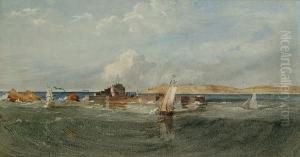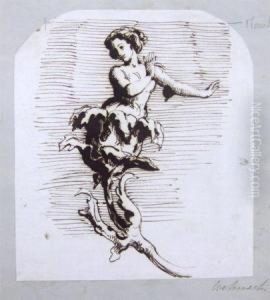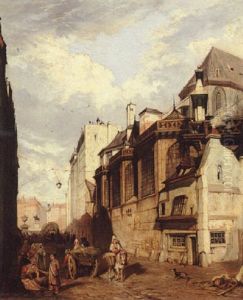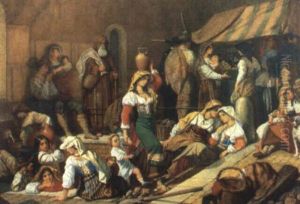Edward Henry Wehnert Paintings
Edward Henry Wehnert was an English artist born in 1813, notable for his contributions to the Victorian era's artistic landscape. His life and work spanned a period of significant transformation in the British art world, reflecting the broader cultural and societal shifts of the 19th century. Wehnert's oeuvre is characterized by its diversity, encompassing illustrations for books, watercolor paintings, and oil paintings, among other mediums. His style, which often blended realism with romantic sensibilities, captured the imagination of his contemporaries and earned him a place among the notable artists of his time.
Wehnert was born in London, the son of a German immigrant, which gave him a unique perspective on the art scenes both in Britain and on the continent. This bicultural background influenced his artistic development and enabled him to incorporate a range of influences into his work. Throughout his career, Wehnert was particularly admired for his detailed and imaginative book illustrations, which contributed to the popularity of several literary works of the era. His illustrations often contained elements of fantasy and whimsy, making them particularly well-suited to children's literature and adventure stories.
Despite his success as an illustrator, Wehnert also pursued other artistic endeavors with passion. His watercolors and oil paintings frequently depicted historical and literary scenes, imbued with a sense of drama and emotional depth. These works were exhibited at various prestigious venues, including the Royal Academy of Arts, though it was his illustrations that garnered the most public acclaim.
Edward Henry Wehnert's career was a testament to the vibrant and evolving art scene of Victorian England. His ability to navigate between different artistic mediums and genres, combined with his keen eye for detail and narrative, made him a versatile and influential figure in the art world of his time. He passed away in 1868, leaving behind a legacy of creativity and innovation that continues to be appreciated by art historians and enthusiasts alike.

